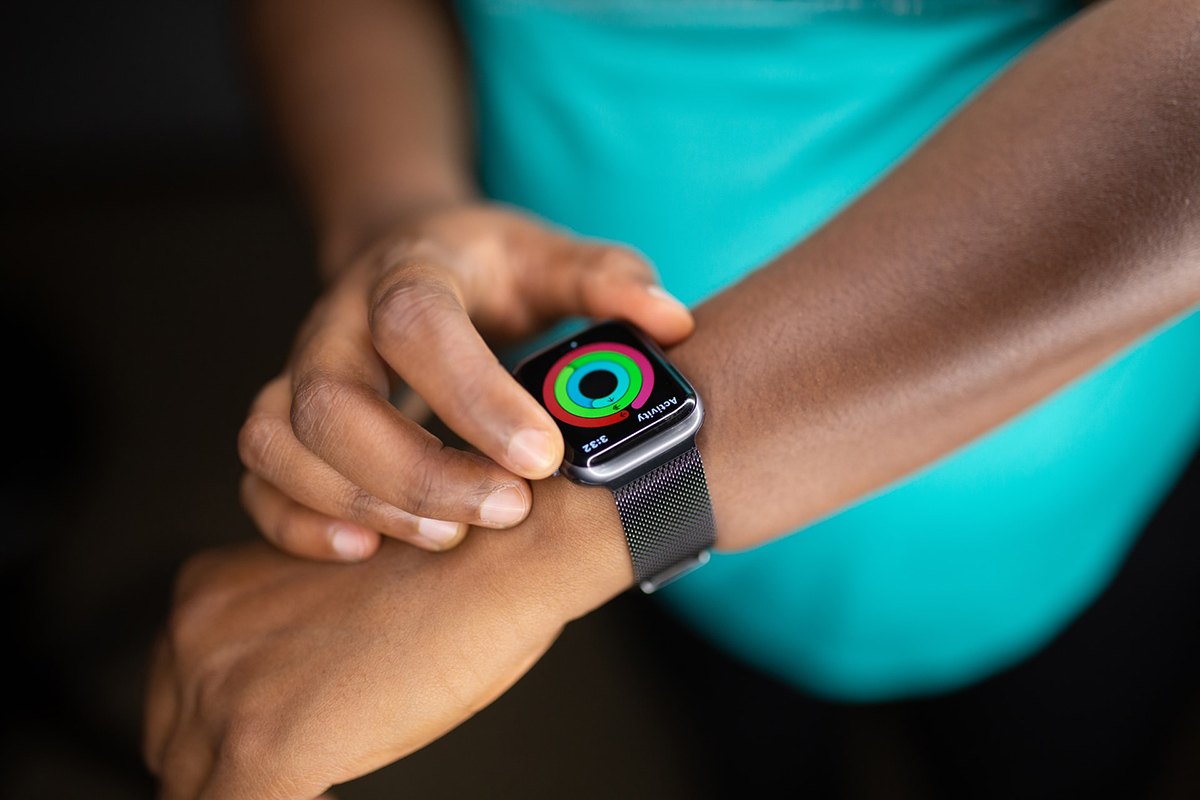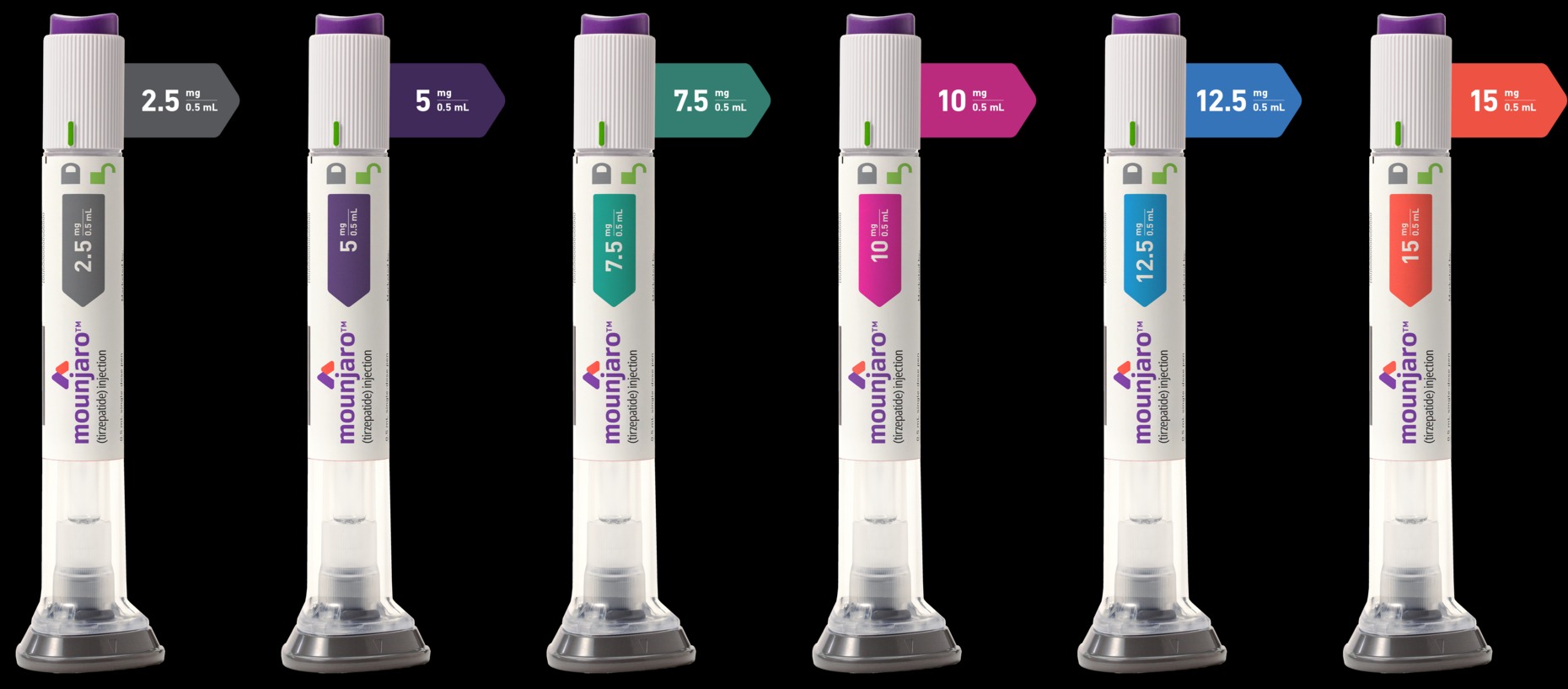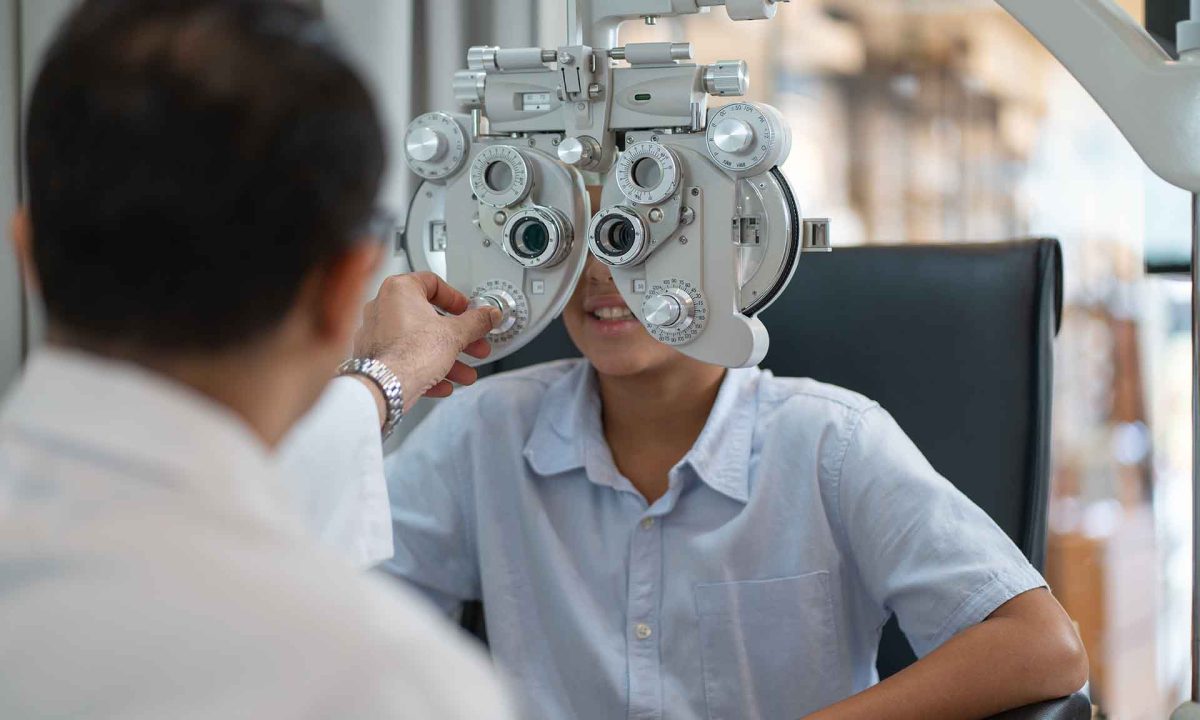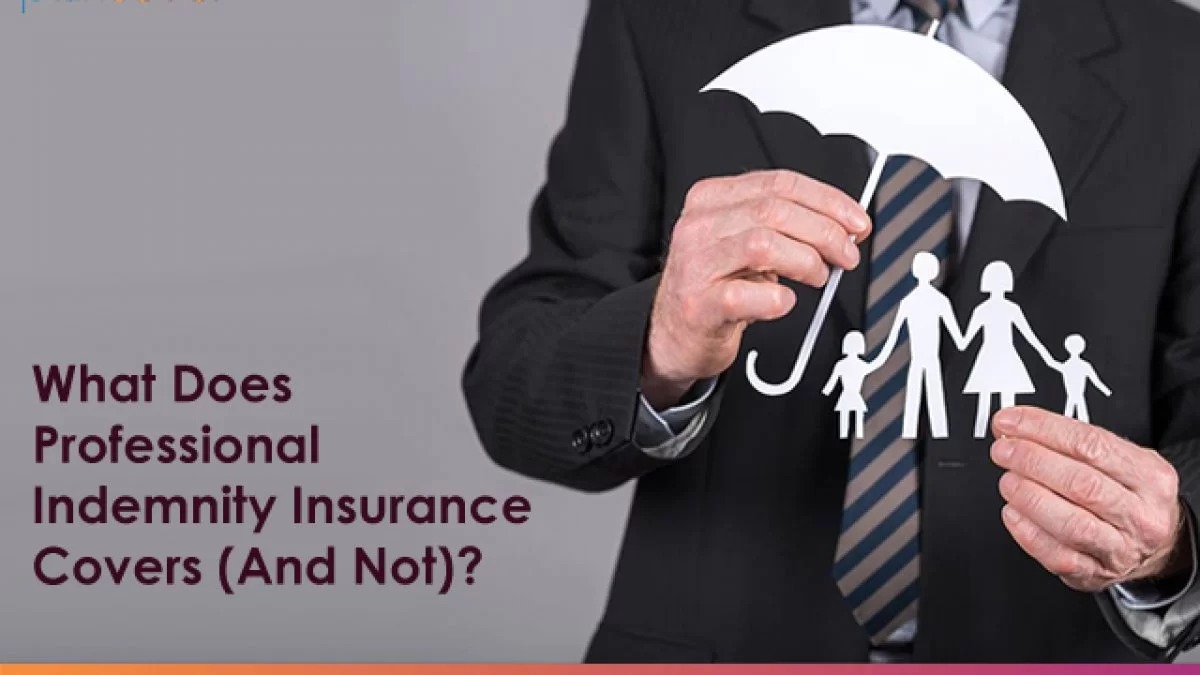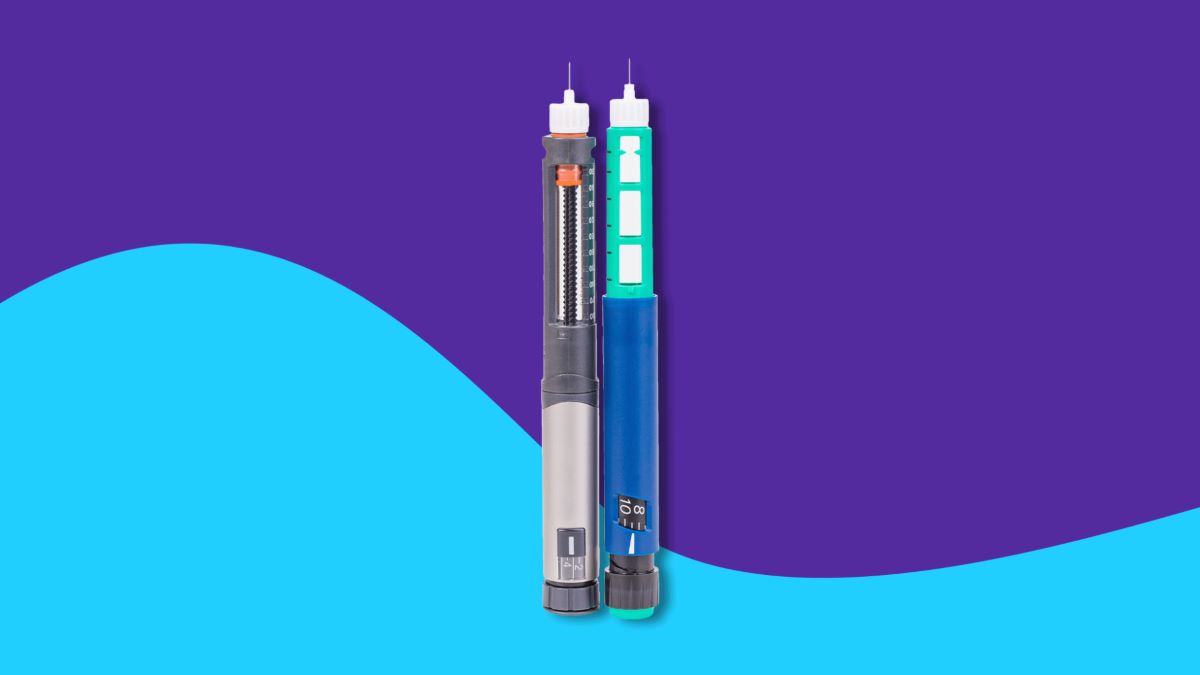

Finance
What Insurance Covers Mounjaro
Published: November 6, 2023
Learn what insurance coverage is available for Mount Kilimanjaro expeditions and how it can protect your finances in case of unexpected events.
(Many of the links in this article redirect to a specific reviewed product. Your purchase of these products through affiliate links helps to generate commission for LiveWell, at no extra cost. Learn more)
Table of Contents
- Introduction
- Understanding Mount Kilimanjaro
- Importance of Insurance Coverage
- Different Types of Insurance Policies
- Coverage for Medical Expenses
- Emergency Evacuation and Rescue Coverage
- Trip Cancellation and Interruption Coverage
- Equipment and Personal Belongings Coverage
- Accidental Death and Dismemberment Coverage
- Tips for Choosing the Right Insurance Policy
- Conclusion
Introduction
Mount Kilimanjaro, located in Tanzania, is one of the most remarkable natural wonders and a bucket list destination for many adventure seekers. Rising to an elevation of 19,341 feet, it stands as the highest peak in Africa, attracting climbers from around the globe to take on its challenging slopes.
As exciting as the journey to the summit of Mount Kilimanjaro may be, it is crucial to prioritize safety when embarking on such a strenuous expedition. That’s where insurance coverage comes into play. Insurance is a vital aspect of any travel adventure, providing financial protection and peace of mind in the face of unforeseen events.
In this article, we will explore the importance of insurance coverage when climbing Mount Kilimanjaro and discuss the different types of policies available to ensure comprehensive protection for climbers. Whether you are a seasoned mountaineer or a first-time climber, understanding the insurance options available will help you make an informed decision and enjoy your expedition with confidence.
Understanding Mount Kilimanjaro
Mount Kilimanjaro, affectionately known by the locals as “Kili,” is a dormant volcano located in northeastern Tanzania. It is part of the Kilimanjaro National Park and is recognized as a UNESCO World Heritage Site. Climbing Kilimanjaro offers a unique and awe-inspiring experience as it takes you through five distinct climate zones, from lush rainforests to barren alpine deserts, before reaching the iconic snow-capped summit.
Kilimanjaro attracts climbers from all walks of life, from seasoned mountaineers to adventurous travelers looking for a new challenge. To reach the summit, climbers must be prepared for strenuous physical exertion, with altitude sickness and extreme weather conditions posing potential risks.
Standing at such high altitudes, climbers may experience symptoms of altitude sickness, including headaches, nausea, and fatigue. The extreme temperatures and unpredictable weather patterns can also present challenges, ranging from scorching heat to freezing cold and heavy snowfall.
It is crucial to understand the risks associated with climbing Mount Kilimanjaro and to prepare accordingly. Adequate physical fitness, proper acclimatization, and professional guidance are essential for a safe and successful journey to the top. Additionally, obtaining the right insurance coverage is imperative to protect yourself from unexpected expenses and potential emergencies.
Next, let’s delve into the importance of insurance coverage when tackling the mighty Mount Kilimanjaro.
Importance of Insurance Coverage
Embarking on a climb up Mount Kilimanjaro is an adventure filled with excitement and wonder. However, it is crucial to recognize the potential risks and uncertainties that come with such an endeavor. That’s where insurance coverage plays a vital role in ensuring your safety and financial security throughout the journey.
Here are some key reasons why insurance coverage is essential when climbing Mount Kilimanjaro:
- Medical Expenses: Climbing Kilimanjaro is a physically demanding activity and can put a strain on your body. In the event of an injury or illness during the climb, medical expenses can quickly accumulate. Insurance coverage will provide financial protection for medical treatment, hospitalization, and emergency medical evacuation if needed.
- Emergency Evacuation and Rescue: At high altitudes, the risk of altitude sickness and other health emergencies increases. In case of a medical emergency that requires evacuation from the mountain, insurance coverage will cover the costs associated with helicopter rescue or specialized transportation.
- Trip Cancellation and Interruption: Sometimes, unforeseen circumstances can disrupt your travel plans. If you need to cancel or cut short your climb due to personal reasons, illness, or other covered events, having insurance coverage will help you recover the non-refundable costs of your trip.
- Equipment and Personal Belongings: Climbing Mount Kilimanjaro requires specific gear and equipment. In the unfortunate event of loss, damage, or theft of your equipment or personal belongings, insurance coverage will provide compensation to replace or repair them.
- Accidental Death and Dismemberment: While rare, accidents can happen during the climb. Insurance coverage will provide a death benefit or compensation for permanent disabilities resulting from accidents on the mountain.
By having the right insurance coverage, you can focus on enjoying your climb and take comfort in knowing that you are protected financially in case of unforeseen events. However, it is crucial to choose the right insurance policy that suits your specific needs and provides adequate coverage.
In the next section, we will explore the different types of insurance policies available for climbers tackling Mount Kilimanjaro.
Different Types of Insurance Policies
When it comes to climbing Mount Kilimanjaro, there are various insurance policies available to cater to the unique risks and requirements of climbers. Understanding the different types of insurance policies will help you make an informed decision and choose the coverage that best suits your needs. Let’s explore some common insurance options:
- Travel Medical Insurance: This type of insurance provides coverage for medical expenses incurred while traveling, including emergency medical treatment, hospitalization, and medication. It is essential to ensure that the policy covers high-altitude trekking and evacuation if required.
- Emergency Evacuation Insurance: As climbing Kilimanjaro involves navigating high altitudes and remote terrains, having emergency evacuation insurance is crucial. This coverage will reimburse the costs associated with helicopter rescue, specialized transportation, and medical evacuation from the mountain to the nearest medical facility.
- Trip Cancellation and Interruption Insurance: This type of insurance provides reimbursement for non-refundable expenses if you need to cancel or cut short your climb due to unforeseen circumstances, such as illness, injury, or other covered events. It is vital to review the policy’s terms and conditions to understand the covered reasons for trip cancellation or interruption.
- Equipment and Personal Belongings Insurance: Climbing Mount Kilimanjaro requires specific gear and equipment, which can be expensive to replace if lost, stolen, or damaged during the journey. Having insurance coverage for your equipment and personal belongings will provide financial protection and peace of mind.
- Accidental Death and Dismemberment Insurance: While accidents on Mount Kilimanjaro are rare, it is essential to have coverage in case of the unfortunate occurrence of death or permanent disabilities resulting from accidents during the climb. This type of insurance provides a death benefit or compensation for dismemberment.
It’s important to carefully review the terms and conditions of each insurance policy, ensuring that they cover the specific risks involved in climbing Mount Kilimanjaro. Pay attention to coverage limits, deductibles, exclusions, and any additional features or benefits offered by the insurance provider.
Now that we have explored the different types of insurance policies available, let’s dive into the specific coverage areas provided by these policies.
Coverage for Medical Expenses
Climbing Mount Kilimanjaro is a physically demanding challenge that exposes climbers to various health risks. Therefore, having insurance coverage for medical expenses is crucial to protect yourself from unexpected healthcare costs during your adventure.
Medical expense coverage typically includes the following:
- Emergency Medical Treatment: Insurance policies provide coverage for emergency medical treatment received while climbing Mount Kilimanjaro. This includes medical consultations, diagnostic tests, medications, and any necessary procedures.
- Hospitalization: If you require hospitalization during your climb due to illness or injury, insurance coverage will help cover the costs of hospital stays, including room charges, nursing care, and necessary medical procedures.
- Medical Evacuation: In the event of a severe illness or injury that requires immediate medical attention, insurance coverage can arrange and cover the expenses for helicopter rescue or specialized transportation to the nearest medical facility.
- Medication: Insurance policies often cover the cost of prescribed medication needed for the treatment of illnesses or injuries incurred during the climb. This can include pain relievers, antibiotics, and altitude sickness medication.
When choosing insurance coverage for medical expenses, it is essential to consider the coverage limits and any exclusions or limitations of pre-existing conditions. Additionally, ensure that coverage extends to high-altitude trekking and mountaineering activities, as these may have specific requirements due to the unique risks involved.
Remember to document all medical expenses incurred during your climb, keep copies of medical receipts, and contact your insurance provider as soon as possible to initiate the claims process. Prompt communication with your insurance company is vital to ensure a smooth reimbursement process.
By having adequate insurance coverage for medical expenses, you can focus on your climb, knowing that you have financial protection in case of any health issues that may arise. In the next section, we will explore the importance of emergency evacuation and rescue coverage when climbing Mount Kilimanjaro.
Emergency Evacuation and Rescue Coverage
Climbing Mount Kilimanjaro comes with inherent risks, and one of the critical aspects of insurance coverage is emergency evacuation and rescue. As climbers navigate high altitudes and remote terrains, the need for prompt medical evacuation in case of a serious illness or injury becomes crucial.
Here’s what emergency evacuation and rescue coverage typically include:
- Helicopter Rescue: In situations where immediate medical attention is necessary, insurance coverage will arrange and cover the expenses associated with helicopter rescue. This service helps transport you from the mountain to the nearest medical facility quickly and efficiently.
- Specialized Transportation: Depending on the severity of the emergency, specialized transportation may be required for medical evacuation. Insurance coverage can arrange and cover the costs of transportation such as air ambulances or other appropriate means to ensure you receive the necessary medical care.
- Mountaineering-Specific Coverage: Given the unique risks involved in mountaineering activities like climbing Mount Kilimanjaro, it is essential to choose insurance coverage that explicitly includes high-altitude trekking and mountaineering activities. This coverage ensures that you are protected in case of emergencies related to the altitude or the rugged terrain.
- 24/7 Emergency Assistance: Insurance providers often provide round-the-clock emergency assistance services. This means you can reach out to their dedicated support team at any time for guidance, coordination of rescue efforts, and assistance with arranging emergency evacuations.
When selecting insurance coverage for emergency evacuations and rescue, it is vital to review the terms and conditions of the policy carefully. Identify any coverage limitations or exclusions, such as altitude restrictions or restrictions based on specific regions.
In the event of an emergency, it is crucial to contact your insurance provider as soon as possible. They will guide you through the necessary steps and coordinate the rescue efforts to ensure your safety and well-being. Prompt communication is key to facilitating a swift and effective response.
Emergency evacuation and rescue coverage provide climbers with peace of mind, knowing that if a serious medical situation arises, they will be quickly and safely transported to receive the necessary medical care. Next, let’s delve into the importance of trip cancellation and interruption coverage when climbing Mount Kilimanjaro.
Trip Cancellation and Interruption Coverage
When planning a climb up Mount Kilimanjaro, it’s important to consider the unforeseen circumstances that could disrupt your travel plans. Trip cancellation and interruption coverage provide financial protection in case you need to cancel or cut short your climb due to covered events, ensuring you do not incur significant financial losses.
Here’s what trip cancellation and interruption coverage typically include:
- Covered Reasons for Trip Cancellation: Insurance policies specify a range of covered reasons for trip cancellation, such as illness, injury, or death of the insured or a family member, unforeseen financial default of a travel supplier, or natural disasters impacting the travel destination. Ensure you review the policy’s terms and conditions to understand the specific covered reasons.
- Reimbursement for Non-Refundable Expenses: If you need to cancel your climb before departure or interrupt it after it has begun, trip cancellation and interruption coverage will reimburse you for the non-refundable expenses you incur. This includes costs such as airfare, accommodation, guided tours, and other pre-paid expenses.
- Additional Travel Costs: In some cases, trip interruption may require additional travel arrangements to return home or join the trip later. Trip cancellation and interruption coverage can help cover the costs of these additional travel arrangements.
It’s important to note that trip cancellation and interruption coverage typically have specific timeframes and requirements for filing a claim. Be sure to familiarize yourself with the policy’s provisions and act promptly in notifying your insurance provider in case of trip cancellation or interruption.
When selecting insurance coverage, carefully assess your needs and consider the potential risks that could lead to trip cancellation or interruption. By having this coverage, you can safeguard yourself against financial losses caused by unforeseen circumstances, allowing you to focus on enjoying your climb without worrying about the financial implications.
Next, let’s explore the importance of insurance coverage for equipment and personal belongings during your Mount Kilimanjaro climb.
Equipment and Personal Belongings Coverage
When embarking on a climb up Mount Kilimanjaro, you’ll likely invest in specialized gear and equipment to ensure your safety and comfort during the journey. Insurance coverage for equipment and personal belongings is essential to protect these valuable items in case of loss, damage, or theft.
Here’s what equipment and personal belongings coverage typically include:
- Gear and Equipment: Insurance policies provide coverage for your climbing gear and equipment, such as tents, sleeping bags, trekking poles, and clothing. If any of these items are lost, stolen, or damaged during the climb, you can file a claim to receive reimbursement for repair or replacement expenses.
- Personal Belongings: Your personal belongings, including cameras, smartphones, and other valuable items, are also covered by insurance. If these items are lost, stolen, or damaged while on the climb, you can file a claim to receive compensation to replace or repair them.
- Temporary Equipment Rental: In case your gear or equipment becomes unusable due to loss, damage, or theft, insurance coverage may provide reimbursement for the costs associated with renting replacement gear temporarily.
When selecting insurance coverage for equipment and personal belongings, it is essential to assess the coverage limits and any exclusions or limitations. Pay attention to any requirements or conditions regarding the care and proper storage of your equipment and how it may impact your coverage.
Before your climb, make sure to create an inventory of your equipment and personal belongings, including serial numbers, photographs, and receipts, as it may be required when filing a claim. Familiarize yourself with the claims process outlined by your insurance provider, and in the event of loss, theft, or damage, contact them promptly to initiate the necessary steps.
Having insurance coverage for your equipment and personal belongings offers peace of mind, ensuring that you are financially protected against unforeseen events that may impact your gear and valuable items while climbing Mount Kilimanjaro.
In the next section, we will explore the importance of accidental death and dismemberment coverage for climbers.
Accidental Death and Dismemberment Coverage
While climbing Mount Kilimanjaro is generally considered safe, accidents can happen, and it’s important to be prepared for all eventualities. Accidental death and dismemberment coverage provides an added layer of protection in the unfortunate event of a serious accident during your climb.
Here’s what accidental death and dismemberment coverage typically include:
- Death Benefit: In the event of an accident resulting in the insured person’s death, this coverage provides a death benefit to their designated beneficiary. The amount of coverage varies depending on the policy and may provide financial support for funeral expenses and ongoing support for the deceased’s dependents.
- Dismemberment Benefit: If an accident leads to the loss of limbs or permanent disabilities such as blindness or paralysis, dismemberment benefit coverage provides compensation. The amount of coverage depends on the policy and the severity of the disability. This benefit can help cover medical expenses, rehabilitation costs, and lost income due to the disability.
Accidental death and dismemberment coverage is particularly important for climbers because it offers financial protection for both fatal and non-fatal accidents that may occur during the climb. While accidents on Mount Kilimanjaro are rare, having this coverage can provide peace of mind to climbers and their loved ones.
It is crucial to carefully review the terms and conditions of your policy to understand the extent of coverage, any exclusions, and the claims process. Familiarize yourself with any specific requirements related to mountaineering activities and the altitude at which you’ll be climbing.
Remember to keep your policy documentation easily accessible and communicate your coverage details to a trusted family member or friend. In the event of an accident, they can assist in coordinating with the insurance provider and initiating the claims process to ensure a smooth and efficient resolution.
By having accidental death and dismemberment coverage, you can embark on your Mount Kilimanjaro climb with the knowledge that you and your loved ones are protected against the financial consequences of a serious accident.
Now that we have explored the importance of various insurance coverages for climbing Mount Kilimanjaro, let’s move on to the next section, which provides tips for choosing the right insurance policy.
Tips for Choosing the Right Insurance Policy
When selecting an insurance policy for your Mount Kilimanjaro climb, it’s important to consider your specific needs and the potential risks involved. Here are some key tips to help you choose the right insurance coverage:
- Assess Your Coverage Needs: Consider the specific risks associated with climbing Mount Kilimanjaro, such as high altitude sickness, extreme weather conditions, and potential accidents. Assess your personal needs, including medical coverage, emergency evacuation, trip cancellation, equipment protection, and accidental death and dismemberment coverage.
- Look for Comprehensive Coverage: Seek insurance policies that offer comprehensive coverage for various aspects of your climb. Look for coverage that includes medical expenses, emergency evacuations, trip interruption or cancellation, equipment and personal belongings, and accidental death and dismemberment.
- Verify High-Altitude and Mountaineering Coverage: Verify that the insurance policy specifically covers high-altitude trekking and mountaineering activities like climbing Mount Kilimanjaro. Ensure that any altitude restrictions or limitations are clearly stated and align with the altitude you’ll be climbing.
- Check Coverage Limits and Deductibles: Review the coverage limits and deductibles outlined in the policy. Ensure that the limits are sufficient to cover potential expenses related to medical emergencies, equipment loss or damage, and trip interruption or cancellation. Consider your budget and financial capacity when assessing deductibles.
- Read the Policy Fine Print: Carefully review the terms and conditions of the policy, paying attention to any exclusions, limitations, or specific requirements. Understand the covered reasons for trip cancellation or interruption, any pre-existing condition limitations, and the claims process.
- Compare Multiple Insurance Providers: Obtain quotes from different insurance providers and compare the coverage and prices they offer. Consider the reputation and reliability of the insurance company, as well as any additional benefits or services provided.
- Seek Recommendations and Reviews: Seek recommendations from fellow climbers or travel experts who have experience with insurance coverage for mountaineering activities. Read online reviews and testimonials to gauge the experiences of other climbers with different insurance providers.
- Communicate with the Insurance Provider: If you have any questions or concerns about the policy, contact the insurance provider directly. Seek clarification on specific coverage details, policy features, or any areas that are unclear to ensure you have a full understanding.
By following these tips, you can make an informed decision when choosing insurance coverage for your Mount Kilimanjaro climb. Remember that the right insurance policy should provide adequate protection, giving you peace of mind and allowing you to fully immerse yourself in the incredible experience of climbing Africa’s highest peak.
Let’s conclude this article with a summary of the key takeaways.
Conclusion
Climbing Mount Kilimanjaro is a remarkable adventure, but it’s crucial to prioritize safety and be prepared for the unexpected. Insurance coverage plays a crucial role in ensuring your financial security and peace of mind during your climb. By understanding the importance of insurance coverage and selecting the right policy, you can embark on your Mount Kilimanjaro journey with confidence.
Insurance coverage for climbing Mount Kilimanjaro encompasses various aspects, including medical expenses, emergency evacuation and rescue, trip cancellation or interruption, equipment and personal belongings, and accidental death and dismemberment. These coverages provide protection against unforeseen events and potential risks associated with the climb.
When choosing insurance coverage, assess your coverage needs and look for comprehensive policies that address the specific risks involved in mountaineering activities. Verify that the policy explicitly covers high-altitude trekking and Mount Kilimanjaro climbs, and carefully review the coverage limits, deductibles, exclusions, and claims process outlined in the policy.
Comparing multiple insurance providers, seeking recommendations, and reading reviews can help you make an informed decision. Regular communication with the insurance provider is essential, ensuring that you have a clear understanding of the policy and its coverage.
By implementing these tips and considering your specific needs, you can choose the right insurance coverage that provides comprehensive protection and allows you to focus on enjoying your climb up Mount Kilimanjaro without worrying about financial repercussions.
Remember, climbing Mount Kilimanjaro is an extraordinary adventure that requires physical stamina, mental determination, and careful preparation. With the right insurance coverage in place, you can embark on this incredible journey, cherishing the breathtaking views and the sense of achievement that comes with standing on the highest peak in Africa.
